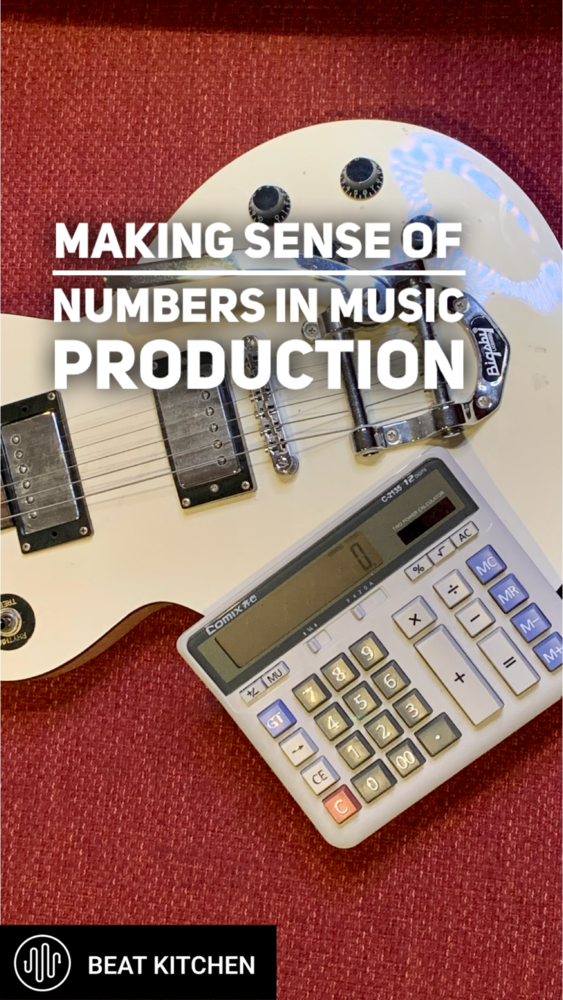It doesn’t matter what your jam is, even if you’re in a math rock, what moves you isn’t numbers, it’s music. It’s really easy to lose sight of that when you’re looking at all the numbers that go along with making a beat. Those numbers are grounded in music and they become a lot friendlier if how to decipher them.
We find a fabulous example of that in an EQ or an equalizer. Middle C on a piano rings at 261 cycles a second. Let’s just call it 250.
An EQ lets you boost and cut at musical frequencies. This one’s 250. It’s middle C.
The octave above 500. 1,500, 250, 125. The width of a filter is also measured in octaves.
We call this a Q. This filter, centered at 500, has a Q of 1. It extends up to 1,000 and down to 250.
12 notes in an octave, a Q of 12 focuses on one note. Even a filter’s slope is spelled out in octaves and it says so right there. This one is 6 dB per octave.
Every time you boost or cut 6 dB, you double or halve the power. So in this case it means that an octave below 100 or at 50 Hz, this signal is going to be five times quieter. Despite all the numbers, isn’t it helpful to remember we’re in it for music in the first place?
Don’t forget why you’re here. And while you’re here, don’t forget to like this post and follow us.

